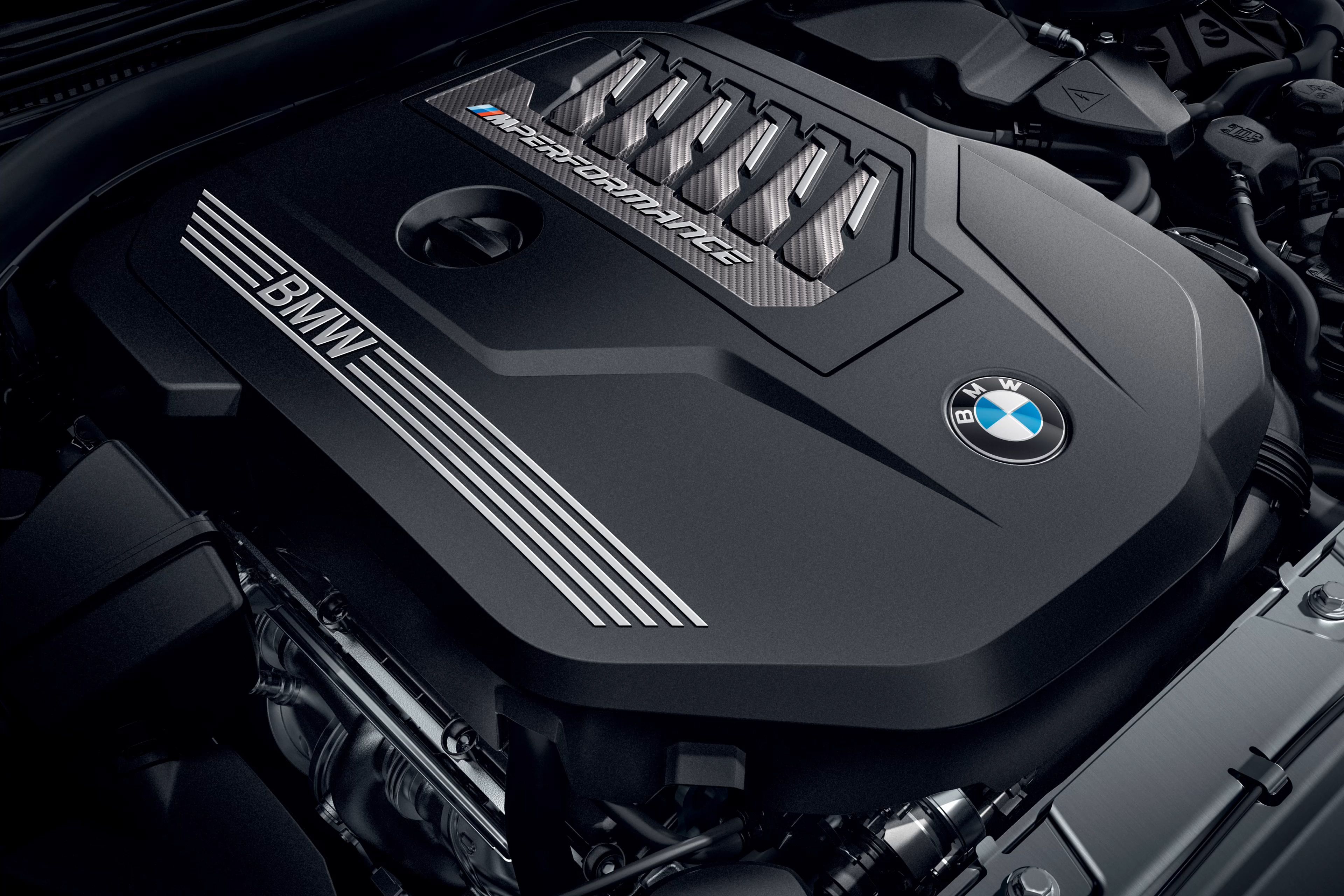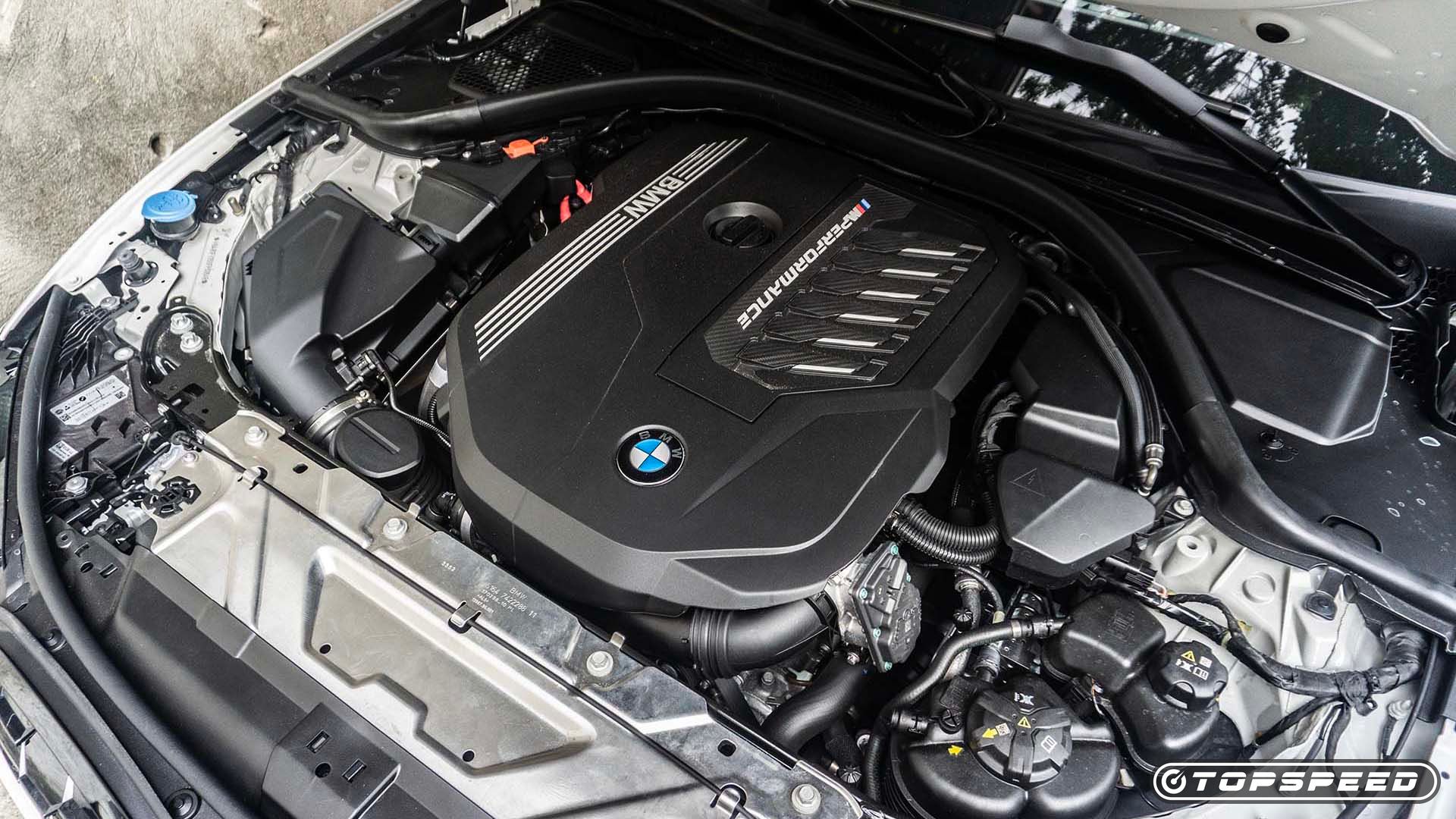Why the BMW Engine Is Taken Into Consideration One of the Best in High-end Vehicles
Why the BMW Engine Is Taken Into Consideration One of the Best in High-end Vehicles
Blog Article
Discovering the Advancement of Combustion Engines in Modern Transportation Solutions
As we navigate the landscape of modern transportation, the advancement of burning engines stands as a testimony to human ingenuity and design expertise. The interaction of background, modern technology, and environmental worries in shaping the trajectory of burning engines develops a story that is both compelling and informative.
Early Beginnings of Combustion Engines
Exactly how did the principle of combustion engines initial emerge in the beginning of transport development? The origins of combustion engines can be traced back to the 17th century when the principles of interior combustion were initial checked out. In 1673, Christian Huygens conceived a fundamental interior combustion engine that used gunpowder to generate power. It had not been until the late 19th century that useful applications of combustion engines in transport began to arise.
The development moment included the invention of the very first successful gasoline-powered engine by Karl Benz in 1885 - bmw engine. This engine paved the way for the advancement of the modern-day car, revolutionizing transportation systems worldwide. Succeeding innovations by Nikolaus Otto and Gottlieb Daimler additionally fine-tuned burning engine technology, resulting in the automation of cars and the quick expansion of the transport sector
These early burning engines were defined by their simplicity and efficiency, laying the foundation for the facility and powerful engines utilized in modern transport systems. The advancement of combustion engines has been important in forming the way we take a trip and transfer items, marking a substantial milestone in the background of transport development.
Transition to Internal Combustion Modern Technology
The change to inner burning technology marked an essential shift in the advancement of transport systems. This shift started in the late 19th century, with creators like Nikolaus Otto and Gottlieb Daimler creating the first effective internal combustion engines. These engines reinvented transportation by supplying a much more efficient and powerful alternative to vapor engines and electric motors.
One of the vital advantages of inner burning engines was their capability to be reduced to suit lorries, causing the growth of bikes and cars. This change from large, fixed engines to small, mobile ones paved the means for the modern-day transport systems we see today.
The transition to internal combustion technology additionally spurred developments in fuel modern technology, causing the advancement of fuel and diesel as key fuel sources for automobiles. This change not just made transportation a lot more accessible to the masses yet likewise laid the structure for the oil and gas market to become essential to global economies.
Effect of Combustion Engines on Transport
The adoption of burning engines in transport systems catalyzed an extensive change in the performance and speed of global mobility. Combustion engines changed transportation by supplying a trustworthy and flexible source of power for numerous lorries, including cars, vehicles, ships, and aircrafts. This advancement dramatically boosted the capability for people and goods to conform fars away in shorter time frameworks, bring about enhanced connectivity between areas and countries.
In addition, the prevalent use of burning engines has actually had a substantial impact Going Here on economic development. The ability to deliver items effectively has actually spurred trade and business, enabling services to increase their markets and reach customers worldwide. This has actually assisted in economic development and globalization, as items can currently be transferred faster and in larger quantities than ever previously.
Nonetheless, the environmental impact of burning engines can not be forgotten. The combustion of fossil gas has actually resulted in air pollution and greenhouse gas discharges, adding to climate modification and posturing health and wellness dangers to populations. bmw engine. Consequently, there is a growing focus on creating alternative propulsion innovations to minimize these unfavorable results and create an extra lasting future for transport
Developments in Burning Engine Design
Countless improvements in combustion engine layout have driven the advancement of transport systems over the years. One notable technology is the advancement of turbocharged engines, which use exhaust gases to drive a generator that presses inbound air, enabling for even more fuel to be charred, leading to enhanced power output without a significant increase in engine dimension. In addition, direct shot technology has actually boosted fuel effectiveness and efficiency by precisely controlling the amount and timing of gas infused into the burning chamber. Variable valve timing systems have actually likewise transformed engine design by optimizing air movement at various engine speeds, improving both power and effectiveness. An additional significant advancement is the assimilation of lightweight materials such as carbon fiber and light weight aluminum alloys, decreasing general engine weight and boosting vehicle gas economic situation. Moreover, improvements in computer-aided style have actually enabled engineers to optimize engine performance and efficiency through simulations prior to physical prototypes are developed, saving time and resources in the growth process. These developments collectively add to the continuous improvement of burning engines in contemporary transport systems.
Future Fads in Burning Engine Advancement
With modern technology innovations driving continual technology, the future of combustion engine development is poised to change transportation systems around the world. One of the key trends in combustion engine advancement is the press towards greater efficiency and reduced exhausts.
An additional prominent trend click here for more is the adoption of crossbreed innovations in combustion engines. Crossbreed engines incorporate conventional combustion innovation with electrical power, supplying improved fuel efficiency and lower exhausts. As the automobile market shifts in the direction of electrification, crossbreed Our site burning engines are viewed as a transitional option that links the gap between conventional cars and totally electrical ones.
Furthermore, the assimilation of wise innovations, such as expert system and information analytics, is anticipated to play a considerable duty in the future of burning engine advancement. These technologies can maximize engine efficiency in real-time, leading to extra reliable burning processes and boosted general automobile performance. Accepting these future patterns will certainly not just drive technology in burning engine growth yet likewise add to a more sustainable and eco-friendly transport community.

Verdict
In verdict, the evolution of burning engines in modern-day transport systems has been noted by considerable improvements in technology and style. From the early beginnings of burning engines to the change to inner burning modern technology, these engines have actually had a profound impact on transport.
The origins of combustion engines can be traced back to the 17th century when the concepts of inner burning were very first explored. These engines transformed transportation by offering a much more reliable and powerful choice to vapor engines and electric motors.

Report this page